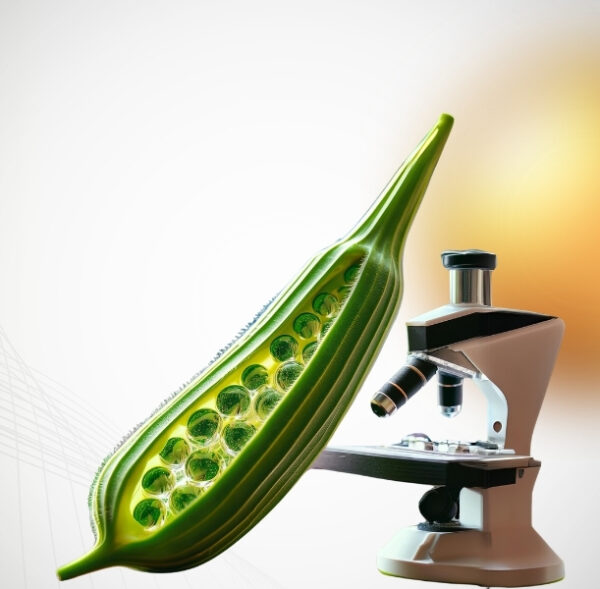Type Of Anesthesia
Processing Time
Discharge Time
Activity Start

What is Erectile Dysfunction?
Erection can be described as a natural reflex of a healthy penile and nervous system. It occurs when the blood vessels in the penile expand, allowing more blood to flow into it during sexual arousal. However, problems can occur in this process.
Causes of Erectile Dysfunction
Erectile dysfunction can stem from various factors, including work and relationship stress, economic troubles, emotional strain, and fatigue. It is a natural condition that can appear temporarily in any man’s life. However, persistent or recurrent erectile dysfunction that negatively affects sexual activity requires treatment.
As men age, the frequency of erectile dysfunction may increase. The incidence of such issues rises in men over 40. While this is considered a natural consequence of aging, it is important to remember that men of any age experiencing erectile dysfunction can respond to treatment.
Erectile dysfunction is different from sexual desire or ejaculation issues. Impotence does not imply a lack of sexual desire and should not be confused with premature ejaculation or infertility. An impotent man can still experience sexual desire and orgasm. Therefore, a person with erectile dysfunction may maintain sexual desire and the ability to ejaculate.
Penile Anatomy and How Erection Occurs
The penile is the central organ of the male reproductive system, and the process of erection is a combination of complex anatomical and physiological responses. Erection begins with sexual arousal. This arousal causes the nervous system to send signals to the blood vessels in the penile, increasing blood flow. The cavernous bodies inside the penile fill with this increased blood flow, causing the penile to become erect and firm. Erection continues through the regulation of blood flow in the penile, providing the necessary firmness during sexual activity. This process is controlled by a complex interaction between hormones, nerves, and blood circulation, requiring these mechanisms to work in harmony for healthy erection.
Causes of Erectile Dysfunction
Physical Causes
- Circulatory Issues: Conditions like diabetes, high blood pressure, and high cholesterol can affect blood flow to the penile, preventing erection.
- Heart and Vascular Diseases: Heart conditions and arteriosclerosis can lead to erectile dysfunction.
- Hormonal Issues: Hormonal imbalances such as testosterone deficiency can cause erectile dysfunction.
- Neurological Disorders: Conditions like multiple sclerosis, Parkinson’s disease, and spinal cord injuries can impact the erection process.
- Medications: Certain medications (e.g., for depression, hypertension, cancer treatment) can cause erectile dysfunction.
Psychological Causes
- Stress and Anxiety: Factors such as work stress, relationship issues, and financial problems can contribute to erectile dysfunction.
- Depression and Emotional Issues: Depression, low self-esteem, and relationship problems can trigger erectile dysfunction.
- Performance Anxiety: Anxiety and pressure during sexual activity can lead to erectile dysfunction.
Lifestyle Factors
- Smoking and Alcohol Use: Long-term smoking or excessive alcohol consumption can contribute to erectile dysfunction.
- Lack of Physical Activity: Lack of regular exercise can negatively affect blood circulation, leading to erectile dysfunction.
- Dietary Habits: Unhealthy eating habits and obesity can increase the risk of erectile dysfunction.
- Drug Use: Use of recreational or illegal drugs can cause erectile dysfunction.
Other Factors
- Genetic Factors: Individuals with a family history of erectile dysfunction may be at higher risk.
- Environmental Factors: Climate changes or environmental factors can contribute to erectile dysfunction.
Treatment Options for Erectile Dysfunction
Treatment options for erectile dysfunction vary and are determined based on the individual’s health condition, preferences, and lifestyle. One of the most common treatments is PDE5 inhibitors (e.g., Viagra, Cialis, Levitra, Stendra). These medications relax the blood vessels in the penile, increasing blood flow and enabling erection. However, these medications can have side effects and may pose risks for individuals with heart conditions.
Another treatment option is penile injections. This method involves injecting specific medications directly into the penile to achieve erection. This method provides a quick effect and is preferred when oral medications are ineffective.
Surgical options include penile prostheses. These implants are surgically placed inside the penile to provide a permanent solution to erectile dysfunction. However, this method is more invasive and is generally considered when other treatments have failed.
For erectile dysfunction due to psychological reasons, psychotherapeutic methods such as behavioral therapy and sex therapy may also be used. These therapies help individuals address their thoughts, feelings, and behaviors to overcome erectile dysfunction.








